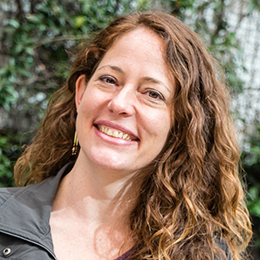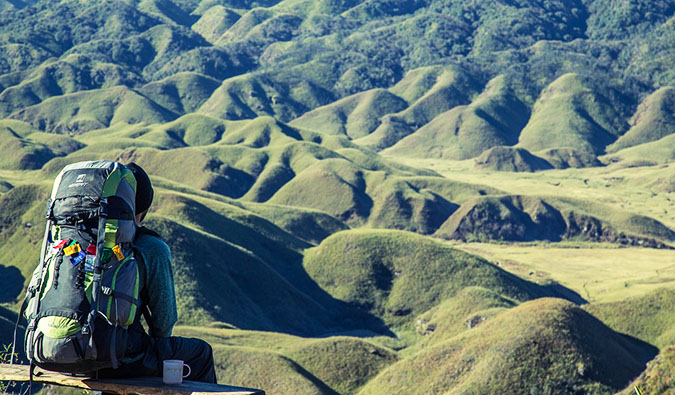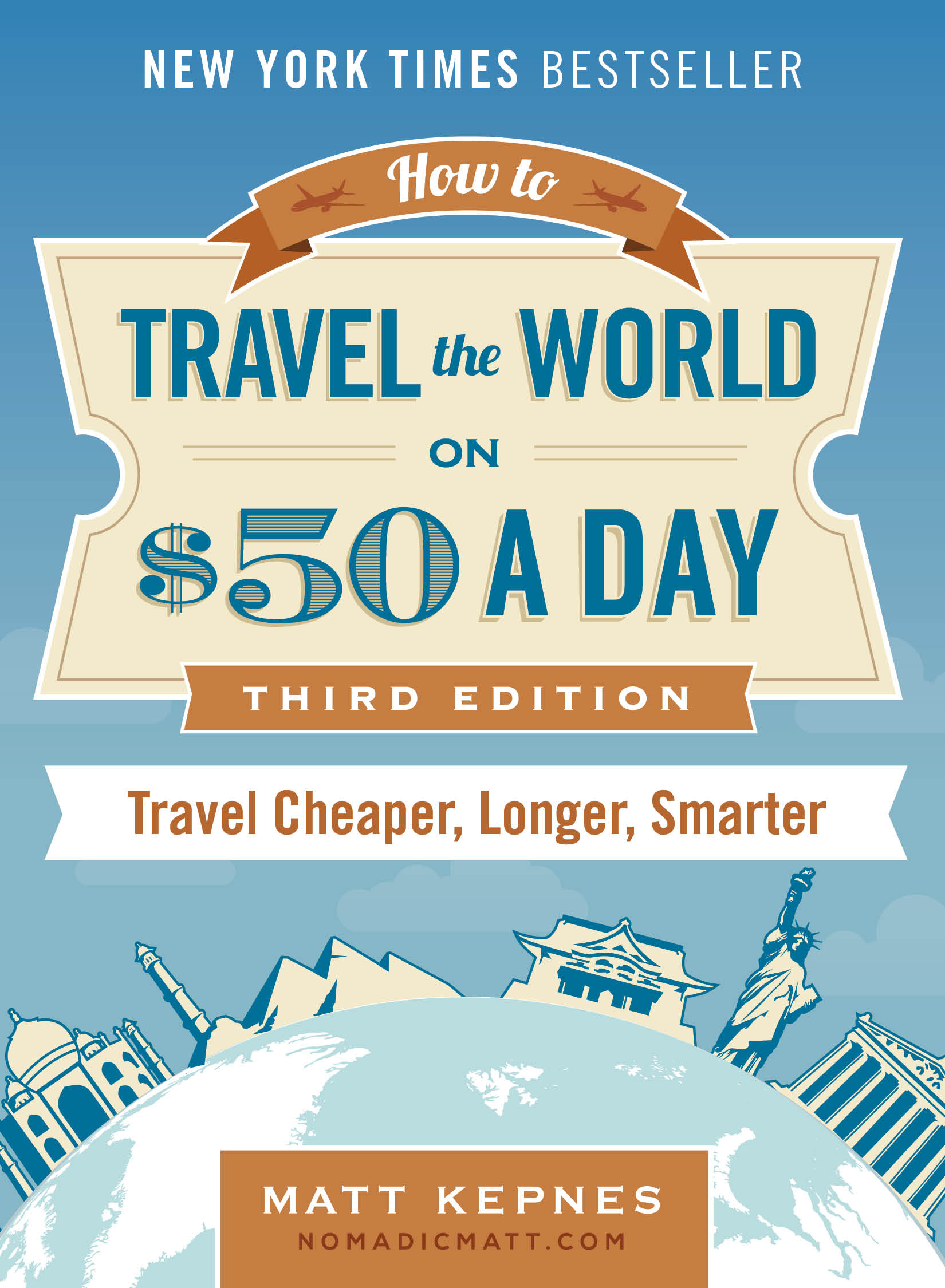
Posted: 8/26/2019 | August 26th, 2019
When I started my nonprofit Foundation for Learning and Youth Travel Education (FLYTE), my goal was to make international travel accessible to low-income youth across the country, who are incredibly passionate and smart but would never have the opportunity to travel abroad otherwise.
Earlier this year, we raised $15,000 to send a group of kids from Envision Academy to Colombia.
Located in Oakland California, Envision Academy uses an innovative project-based learning model to ensure that its students — the majority of whom live below the poverty line — are ready for post-secondary education and beyond. (Most are first-generation immigrants and will be the first in their family to go to college.)
Last month, they returned from their exciting trip to the country so I wanted to share some of what they did and learned, so you can see what your support accomplished. For most of the students, it was their first time in another country and, needless to say, it had a big impact on them.
Our group started in Bogotá, where they climbed to the top of Cerro de Monserrate and explored Plaza Bolívar, where Jeremy, the teacher leading the trip, gave a cross-curricular lecture about Simon Bolívar, Colombia’s history during the drug cartel years, and the architecture around them. They also went on a street art tour led by two local artists, on which they learned all about art techniques and the political climate that prompted many of the pieces that they saw.

The students immediately started seeing commonalities between Oakland and Colombia. Darrilyn, a fifteen year old sophomore, remarked that this trip, her first time out of the country, “changed my perceptions and preconceived notions of Colombia a lot, and I saw that it’s more like home than I previously thought.” She also “really enjoyed this walking tour because I like art and I like graffiti because it’s unconventional art and it tells the story of a person.”
Afterward, the group headed to Cartagena. They got a perfect intro to the city on a walking tour through our partner, Context Travel, during which they learned a lot about Cartagena’s history as a port for enslaved people. This resonated with the students, who stressed how important it was for more people to have this knowledge. Kai, whose new passport got its first stamp on this trip, had the realization that “when people think about Latin America, they often don’t think about people of African descent.”

Myani, who’s 17 and just graduated from Envision Academy, was equally moved: “It’s inspiring in a way because even though our ancestors were enslaved, they made the city what it is. You can see their value to the community. Even though there’s an oppressive connotation, because they were enslaved, flip it and make it a powerful lesson. Make it your own: My ancestors built this city.”
On top of all this, the students immersed themselves in Colombian cuisine by taking a street food tour with Cartagena Connections. They tried everything from ajiaco and arepas to bandeja paisa, mango biche, and a bubble gum soda.
One of the highlights of the trip was visiting Cartagena’s Barrio San Francisco with Alex Rocha from Experience Real Cartagena, whose tours are designed to make deeper connections with the marginalized communities of Colombia. (Alex’s company also operates as a social enterprise, and so the proceeds fund an after-school program for the local community.) Our students had an opportunity to connect with some of these youth through activities like drawing, dancing, and soccer, as well as through honest conversations about their shared experiences.

Aliza, a sophomore and president of the student council who had never left the US before, felt that this was the highlight of her trip because she was able to “see the kids and understand their environment and how they live every day.” Jany, who is seventeen and served as the de-facto translator for our Spanish-speaking parents, reflected on how the kids she met “make the best out of what they have. They’re grateful and humble and always try to find something positive.”
Tayvion, a 14-year-old who also was traveling abroad for the first time, had a deep conversation with one of the Colombian kids about police brutality. When Tayvion asked if they had guns, his new friend replied, “Yes, but they never shoot.” Having drawn parallels and distinctions with his own community, Tayvion shared his devastating realization: “It made me think about how, for officers in the U.S., their first instinct is just to shoot.” (To me, that’s a sad statement coming from a kid and just shows you up much police violence is an everyday fact for many people in this country.)

Throughout this entire journey, the group took part in daily reflections. They shared their experiences, learned from one another, and bonded over how they’d changed throughout the trip.
Joshua, a sophomore who had never even left California before this trip, said that the biggest lessons he’d learned were: “Do not take the things you have for granted. Do not be afraid to try new things. Finally, don’t be scared to learn about new people.”
For Wald, a soon to be junior, reflected that on how “we should be open-minded about other cultures and people ’cause we might find some similarities between us and them. We shouldn’t judge a people or culture based on their past alone.”

These new experiences not only shifted their mindset, but they also made the students think about their future and goals. Yasmeen told us, “I have a lot of dreams. There are so many benefits in the US, and I’m not going to waste my time. I should travel more and learn about different cultures.”
In addition to the knowledge that she gained, Veronica shared that her “goals are to help my community with any of the work that I do. I think this trip is going to help me achieve that because I’ve realized how similar my community is with the community of Cartagena. We can use other cities from different countries to help each other with the issues we are going through.”
Similarly, Ronald, a student who was excited to relay his experiences with his stepmom (who’s from Colombia), shared that “this trip made me open-minded to different cultures and makes me propose solidarity within communities in Oakland.”
And, in a quote I especially love, Darrilyn said of her time in Colombia: “My hopes and dreams are to be a political analyst and to travel the world. This trip showed me there is no fear to travel.”
This is why FLYTE exists: to create moments and lessons like this for students so they can see the world outside their borders and dream big.

The experiences these students had in Colombia left an indelible mark on them. Most of them had never been on a plane before their trip to Colombia. Not only did they learn about the culture and history of another country but they also discovered how a community can rise up in times of adversity.
On the last days of their trip, the students started planning how they’re going to take action back home. One of their ideas was to create a mural, much like the ones they saw in Colombia, to educate others about how Oakland continues to overcome its struggles.
Because of this trip, these youth now have a bigger understanding of the world and the power they each have to change it for the better.
***
And, so, our mission continues!
I want to thank you for helping make this happen! It takes an entire network of passionate individuals and businesses to run one of these trips, and we wanted to celebrate some of our partners who made this trip such an unforgettable experience for our students:
- World Nomads, which donated all of our travel insurance. Knowing that they had us covered for any unforeseen circumstances, like lost luggage, gave us such peace of mind.
- Selian Hostel in Cartegena for providing tours and breakfast for the students free of charge.
- Javier from MYGHT travel, who made the daunting process of booking flights for a group of 20+ a seamless and stress-free experience.
- Context Travel, which worked with us to craft unique, immersive experiences (at a discount!) for our students.
- Alex Rocha from Experience Real Cartagena for opening up his community to us and providing us with a deep connection to the amazing people of Barrio San Francisco.
- Bluffworks, one of our newest corporate partners, which covered the costs of three students to take this journey of a lifetime.
- Allyson and the team from wikiHow, who highlighted us on their platform and sponsored one student on this trip.
- The International TEFL Academy, for donating 50% of the proceeds from its Teach Abroad Film Festival to FLYTE.
- Lo & Sons, for matching donations during our wildly successful #GivingTuesday campaign and sharing our story with their audience.
- Lia from Practical Wanderlust, who paid her own way to join the trip and captured so many incredible photos and videos. She was also the mastermind behind FLYTE’s IG stories during the trip! We love how she was able to document the students’ experience in such an authentic, powerful, and unintrusive way.
Last, but certainly not least, many thanks to the thousands of you that donated to FLYTE. Your generosity over the years has sent 70 students on life-changing journeys abroad. The impact of these trips extends beyond just these youth. Because of you, the wave of positive change will ripple through their communities and the world at large. With them taking the lead, I know without a doubt that our future is bright. Thank you all for making such an immeasurable impact!
As the world builds walls, we’re helping tear them down and showing a new generation that there is more that brings us together than tears us apart.
If you want to learn more about FLYTE and how you can help send more students abroad, click here for more information.
Book Your Trip: Logistical Tips and Tricks
Book Your Flight
Find a cheap flight by using Skyscanner or Momondo. They are my two favorite search engines because they search websites and airlines around the globe so you always know no stone is left unturned.
Book Your Accommodation
You can book your hostel with Hostelworld as they have the largest inventory. If you want to stay somewhere other than a hostel, use Booking.com as they consistently return the cheapest rates for guesthouses and cheap hotels. I use them all the time.
Don’t Forget Travel Insurance
Travel insurance will protect you against illness, injury, theft, and cancellations. It’s comprehensive protection in case anything goes wrong. I never go on a trip without it as I’ve had to use it many times in the past. I’ve been using World Nomads for ten years. My favorite companies that offer the best service and value are:
Looking for the best companies to save money with?
Check out my resource page for the best companies to use when you travel! I list all the ones I use to save money when I travel – and that will save you time and money too!
Photo Credit: All photos belong to Lia from Practical Wanderlust who was there helping document the trip!
The post FLYTE Update: Here’s What Happened to the Students We Sent to Colombia appeared first on Nomadic Matt's Travel Site.






















